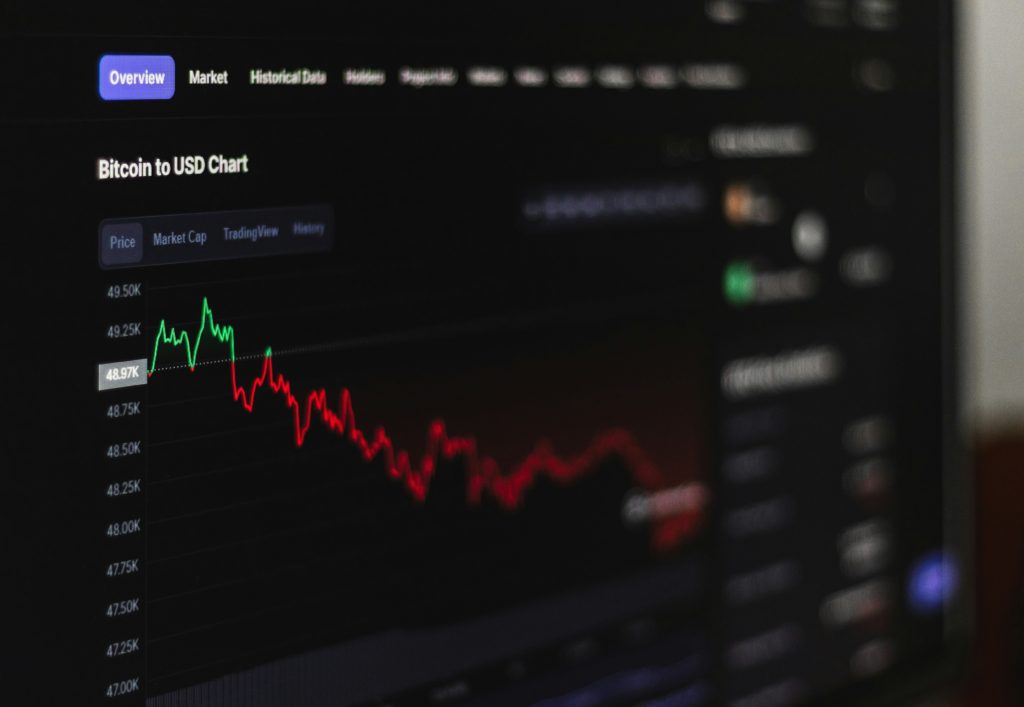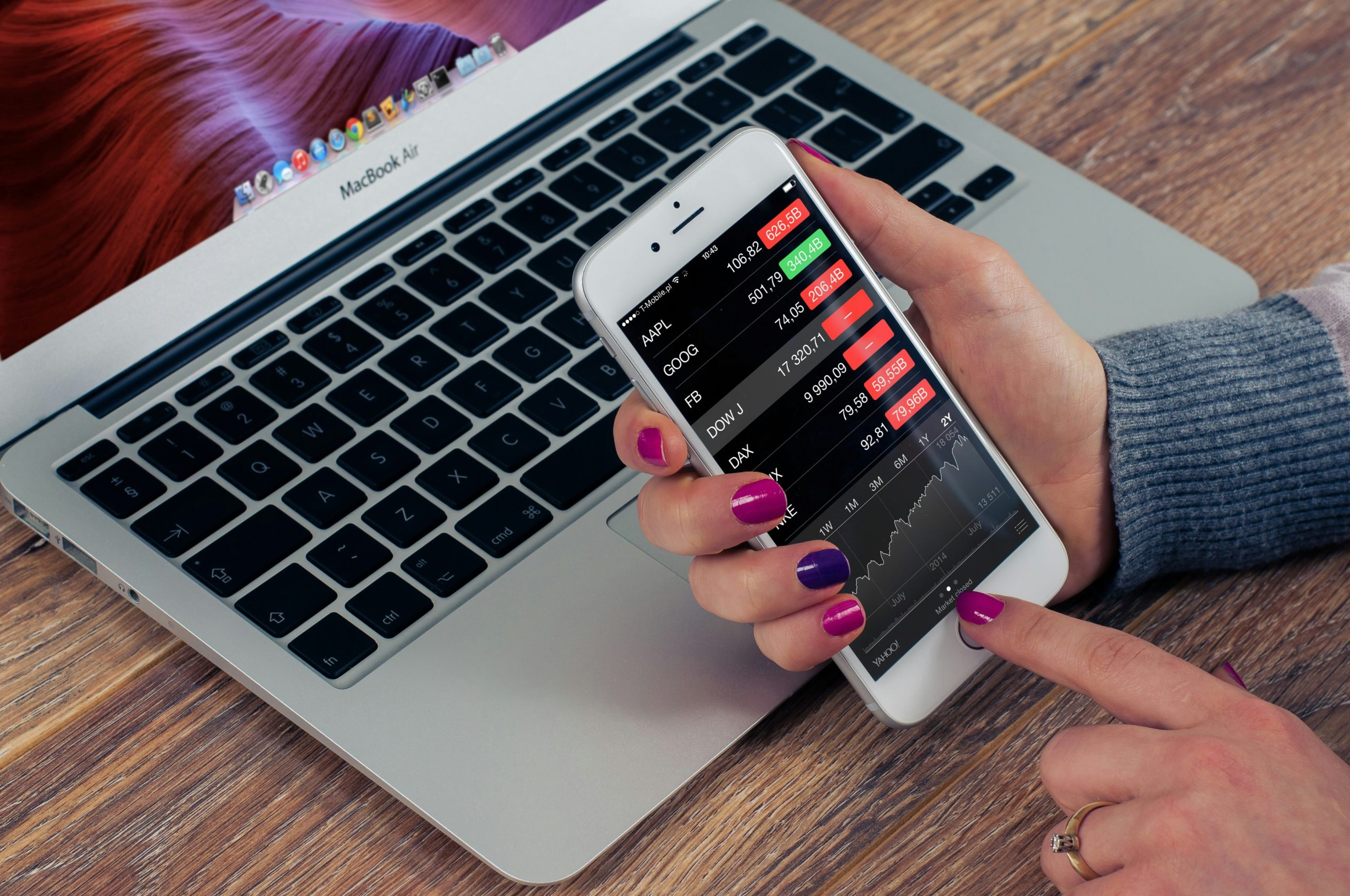What to trade to make the most money? Or When is the best time you can start trading? Well, in this post we will cover everything.
If you are looking for a more in depth guide on what is trading and how you can be a better trader as time passes , I highly suggest you take a look at the Ultimate Beginner’s Guide to Day Trading?.
Table of Contents
What are the trading hours?
Trading hours refer to periods of time in a trading day when traders can place their trades. These periods differ for each market so let’s cover some of the most known markets.

Stock Markets
Stock exchanges typically have set trading periods during weekdays. In the United States, for example, the New York Stock Exchange (NYSE) and the Nasdaq Stock Market operate from 9:30 a.m. to 4:00 p.m. Eastern Time (ET), Monday through Friday, with the exception of certain holidays.
Forex (Foreign Exchange) Market
Forex markets operate 24 hours starting from Sunday evening (Eastern Time) when the markets open in Asia, until Friday evening when the markets close in the United States. All in the 5 days of the week.
Commodity Markets
Trading hours for these markets, such as those for oil, gold, and agricultural products, vary depending on the specific commodity and the exchange where it is traded. However, they typically follow regular trading hours similar to stock markets.
Futures market
The trading hours for futures markets differ depending on each specific futures contract and the exchange where it is traded. But overall many futures markets operate nearly 24 hours a day during the trading week only having small periods of time for holidays or maintenance.
Crypto market
The cryptocurrency market operates 24 hours a day, seven days a week, unlike traditional financial markets that have specified trading hours.
options market
And lastly, we have the options market which, similar to the futures market, operates within specific trading hours that begins at 9:30 a.m. ET and ends at 4 p.m. ET from Monday to Friday in the U.S. determined by the exchange where the options are traded.
When to enter a trade?
If you want to know what trades make the most money, first you need to know when is the best time to enter a trade as a beginner. But, determining the right time to enter a trade depends on various factors, including your trading strategy, market conditions, risk tolerance, and financial goals.
Here are some guidelines that you can follow to decide better:
1.Decide Based on Your Trading Strategy: Firstly, before entering your trade, make sure that it aligns with your trading strategy where it’s day trading, swing trading, or long-term.
2.Analyze Market Conditions: Secondly, Use technical analysis, fundamental analysis, or a combination of both to understand the current situations of the market. By looking for indicators, chart patterns and more you can decide when is the best time to enter a trading session.

3. Identify Entry Signals: Start to look for some specific entry signals. Such as breakouts from chart patterns, moving average crossovers, support and resistance levels, or signals from technical indicators like RSI (Relative Strength Index) or MACD (Moving Average Convergence Divergence).
4. Consider Risk-Reward Ratio: You can consider and predict the potential risk and reward of the trade before entering. Obviously, go for the trades with a better risk-reward ratio.
5. Wait for Confirmation: : Patience in trading is the key. We suggest that you avoid rushing into trades based on impulsive decisions or FOMO (Fear of Missing Out). Wait for confirmation of your entry signal based on your analyses and ensure that market conditions support your trade decisions.

6. Manage Your Position Size: Decide the appropriate position size based on your risk tolerance and account size. Avoid overleveraging your trades, as this can increase the risk of significant losses.
7. Set Stop-Loss Orders: You can use stop-loss orders to limit potential losses in the long run. Place your stop-loss orders at logical levels based on support, resistance, or volatility, and adjust them as the trade progresses to protect your profits.
8. Monitor the Trade: When you enter a trading session , stay vigilant and monitor its progress. Always keep an eye on potential situations that can impact your trade and end up at your risk.
What are the best trading strategies for beginners?
If you are a beginner in trading, you need to know the basic trading strategies and what trades make the most money in the long run.
Let’s take a brief look at what are the most basic strategies that you can start with:
- Breakout Trading: As a beginner trader, we recommend you to take a look at break out trading and start your journey with it. So overall, Breakout trading involves entering trades when the price breaks above or below a key level of support or resistance. For example: if a stock has been trading between $50 and $60, and it breaks above $60, you might anticipate further upward movement. You could enter a trade when the breakout occurs, placing a stop-loss below the breakout level to manage risk and setting a target for potential profit.

- Simple Moving Average (SMA) Crossover : Another good strategy that you need to consider as a beginner in trading can be this one. This strategy involves using two moving averages of different lengths (e.g., a 50-period and a 200-period moving average) and entering trades when they cross over each other. When the shorter-term SMA crosses above the longer-term SMA, known as a “golden cross,” it may signal a bullish trend reversal, prompting consideration for a long trade entry. Conversely, when the shorter-term SMA crosses below the longer-term SMA, termed a “death cross,” it may indicate a bearish trend reversal, suggesting a potential short trade entry.
- Range Trading: In range trading the strategy is , buying near the bottom of a trading range and selling near the top. Beginner traders can identify trading ranges by looking for sideways price movement between support and resistance levels. Traders can enter long positions near support and short positions near resistance, with stop-loss orders placed outside the range to protect against breakouts.
Trade with a live account?
Well, if you are a beginner it is good to start with small position sizes with a live account. If your goals are clear and know what you want to do, but you are confused at where and when to start your trading journey, we highly advise you to have a FREE DISCOVERY CALL with us at Meta Trading Club.
In this call, we will break down your goals and give you the best roadmap that you can follow to become a professional trader.
What to trade?
Again, choosing what stocks to trade highly depends on your goals and overall trading strategies. But let’s take a look at what trades make the most money for you as a beginner.
Stocks
In the stock market, it’s often advisable to start your journey with well-established companies with strong foundations. Try to look for companies with solid earnings growth, manageable debt levels, and a competitive advantage in their industry. Some beginner friendly stocks that you might want to keep an eye on are such as:
- Apple (AAPL)
- Microsoft (MSFT)
- Amazon (AMZN)
- Johnson & Johnson (JNJ)
These companies have shown that they are less volatile compared to smaller or newer companies which makes them less risky overall.
Options

Well, Options trading can be a little bit complex and risky without enough education and knowledge. For beginner traders, it’s crucial to understand the basics thoroughly before diving in the options market. Start with simple strategies like buying calls or put options on well-known stocks such as Amazon.com Inc. (AMZN) or Meta Platforms Inc (META).
. Also, companies that have upcoming earnings announcements or major news events can create opportunities for options trading.
Futures
So futures trading includes buying or selling contracts for commodities or financial instruments at a predetermined price for delivery at a future date. Like options markets, we advise you to have a well built foundation and knowledge before entering the futures market. Commonly traded futures include those for commodities like oil, gold, and agricultural products, as well as financial futures like stock index futures (e.g., S&P 500 E-mini futures). Beginners should start with assets they are familiar with and consider practicing with paper trading accounts before risking real money.
Cryptocurrencies
Cryptocurrencies have gained a lot of popularity in recent years but they are known for their extreme volatility. Some well known options that are considered the best start for beginners because of their large market capitalizations and widespread acceptance are Bitcoin (BTC) and Ethereum (ETH). If you are going for the cryptocurrencies, we suggest you to do your own research and build a strong knowledge before entering and also consider diversifying your cryptocurrency holdings beyond just Bitcoin and Ethereum to mitigate risk.
Last Words
In this short trading guide for beginners, we took a look at what trades make the most money and when you can enter a trading session that gains you the most profit.
Here are some of the key takeaways you need to know:
- Don’t start without enough education about trading.
- Don’t choose stocks because of a hunch and do enough research to back it up.
- Choose the best trading strategy that aligns with your goals and lifestyle the most.
Frequently asked question
With trading, you can perfect your skills by practicing continuously. Always analyze market data, refine your trading strategy, and learn from both successful and unsuccessful trades.
Well it all depends on your trading style and preferences. Some traders use technical analysis to identify patterns and trends, while others rely on fundamental analysis to evaluate company financials and market conditions. We suggest using both as it can help traders with making the best decisions.
Make sure that you have built a strong foundation before starting. Have a proven track record of success in a demo account, and the discipline to stick to your strategy before transitioning to live trading.
Risk management helps with managing risks by setting appropriate stop-loss orders, managing position sizes, and diversifying your portfolio to mitigate risk and avoid any losses.
Stay updated with market news, economic reports, and industry developments. You can also use trading platforms, financial news websites, and social media to stay informed and identify potential trade opportunities.
This depends on your trading style, time commitment, and risk tolerance. Active traders seek to profit from short-term price fluctuations. But passive investors take a long-term approach and focus on buy-and-hold strategies.









